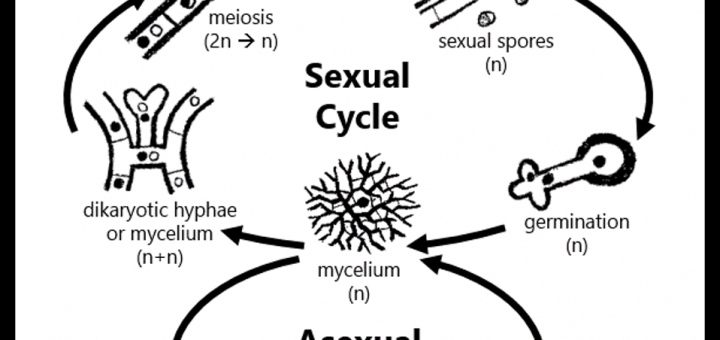#024: Fungi in the Production of Chocolate
Along with red roses and cheesy cards, chocolate is one of the common Valentine’s Day gifts. So on this day when heart-shaped boxes of chocolates are a common sight, I thought you might like to learn a little about how chocolate gets from the cocoa beans to the cloying boxes (be thankful I didn’t decide to discuss fungal diseases you can get from roses). You probably already know that chocolate comes from the seeds of the cacao tree, Theobroma cacao. The first way in which fungi allow for the production of chocolate is by helping the cacao tree to grow. In order to get nutrients required for growth, all trees participate in mutualistic relationships with fungi called mycorrhizae. There are a number of types of mycorrhizae, but Theobroma cacao only forms endomycorrhize. In these mycorrhize, fungi in the phylum Glomeromycota penetrate the root cells of the tree and form specialized...








![#011: Characteristics of Kingdom Fungi [Archived]](https://www.fungusfactfriday.com/wp-content/themes/hueman/assets/front/img/thumb-small-empty.png)
